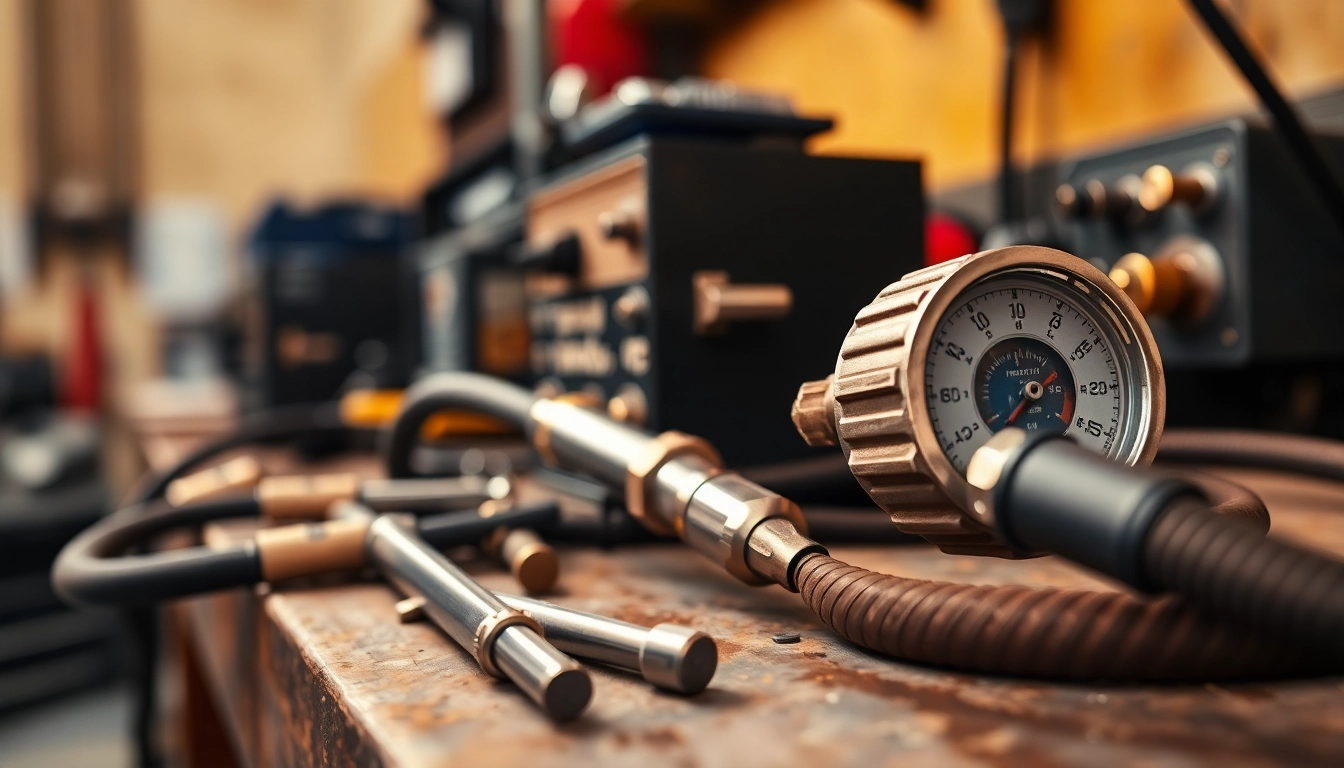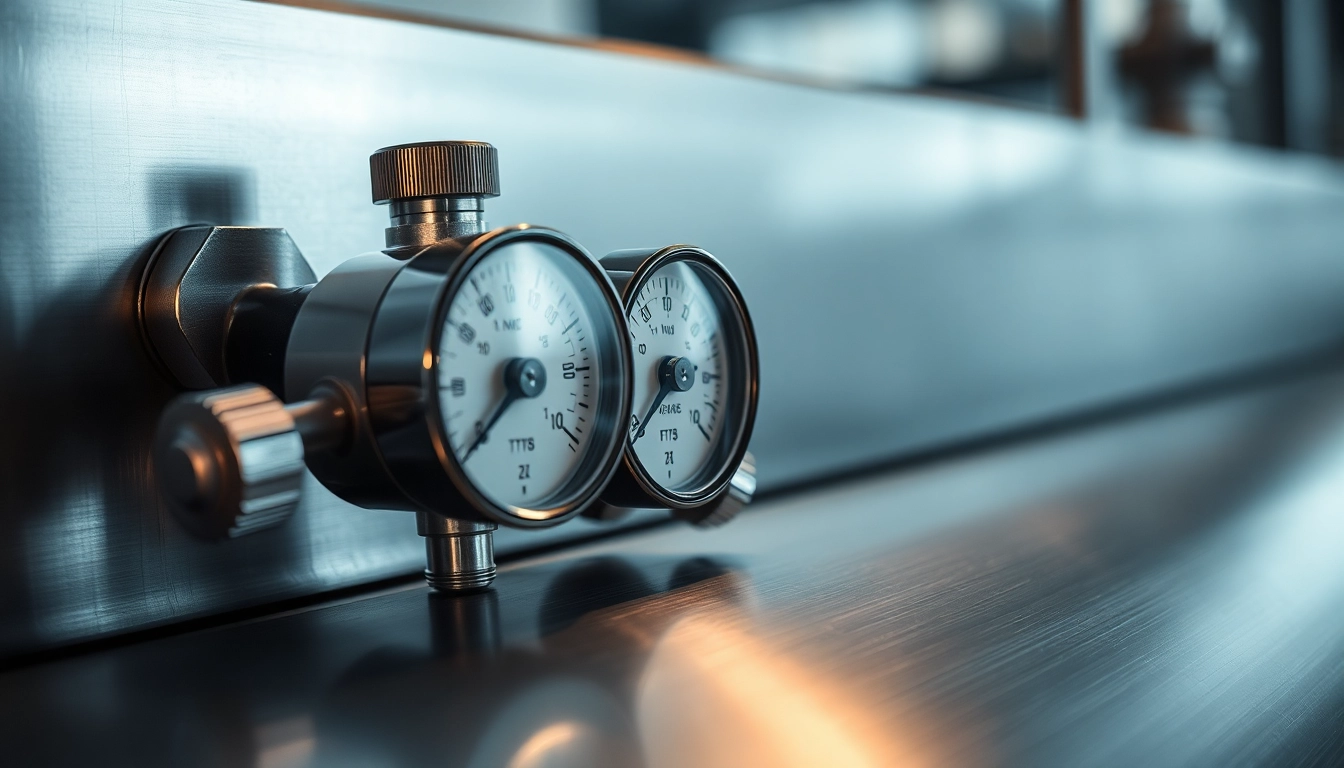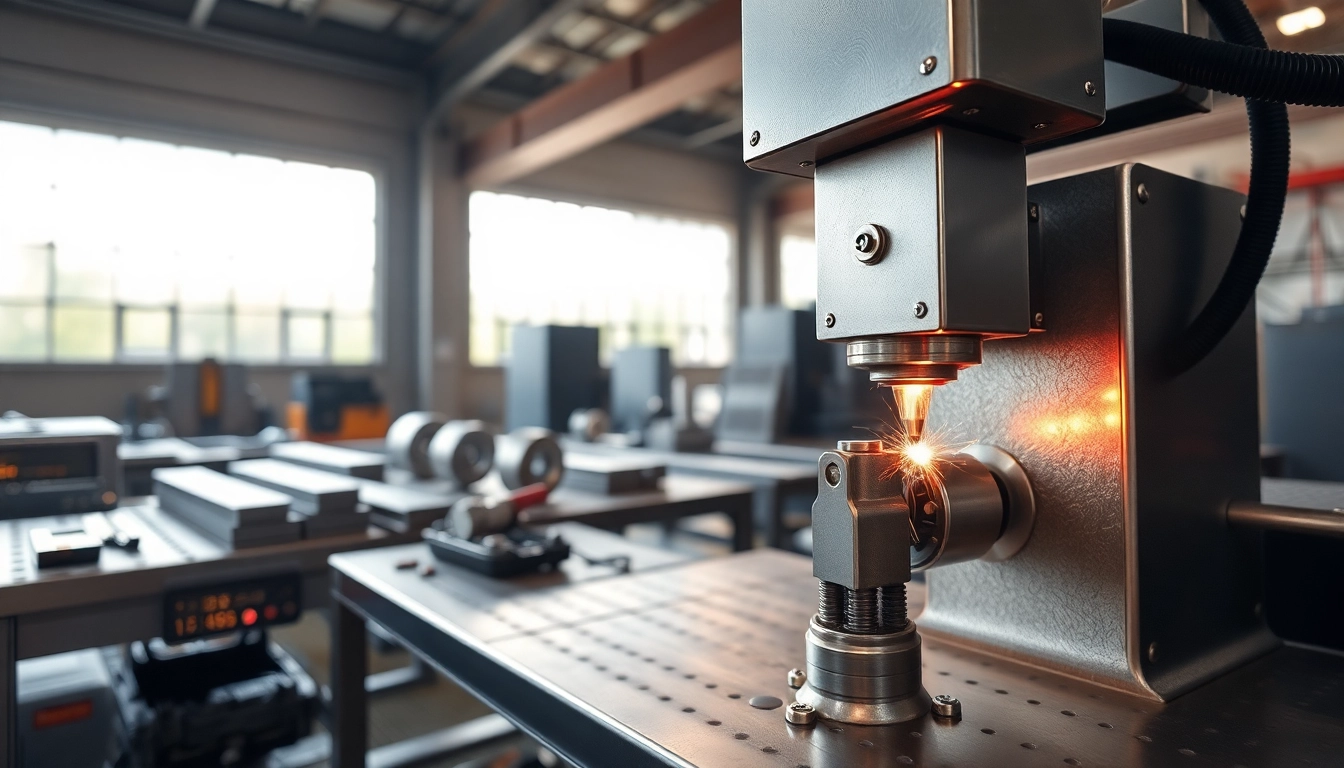1. Understanding Oxy Gas Welding Kits
1.1 What is an Oxy Gas Welding Kit?
An oxy gas welding kit integrates oxygen and a fuel gas (commonly acetylene) for various welding applications. This combination produces a flame capable of melting or fusing metals, making it a versatile tool in metalworking. The process of oxy-fuel welding is essential in industries ranging from manufacturing to automotive, and even DIY projects at home. With advancements in technology, modern kits offer users a comprehensive setup that includes torches, regulators, hoses, and safety equipment. A typical oxy gas welding kit addresses both amateurs and professionals’ needs, providing the necessary tools for quality results.
1.2 Key Components of Oxy Gas Welding Kits
Understanding the components of an oxy gas welding kit is crucial for safe and effective usage. A standard kit includes:
- Oxygen Cylinder: Contains compressed oxygen, crucial for combustion.
- Acetylene Cylinder: Houses acetylene, the fuel gas used to create the welding flame.
- Regulators: Control the flow of gases from the cylinders to the torch.
- Welding Torch: Where the gases mix and ignite to produce the flame.
- Hoses: Flexible tubes that transport gases from the cylinders to the torch.
- Nozzles: Determine the flame characteristics, allowing adjustments for different welding tasks.
- Safety Gear: Essential equipment such as goggles, gloves, and flame-resistant clothing to protect the user.
1.3 The Benefits of Using Oxy Gas for Welding
Oxy gas welding offers numerous advantages:
- Versatility: Suitable for welding, cutting, brazing, and heating various metal types.
- Cost-Effective: Compared to electric welding, oxy gas welding setups can be more affordable, particularly for small-scale operations.
- Portability: The ability to transport kits easily makes them ideal for on-site jobs.
- Control: Provides excellent flame control, enabling precise welding.
- Heat Output: Capable of producing high-temperature flames, suitable for various thicknesses of metal.
2. Types of Oxy Gas Welding Kits
2.1 Light Duty vs. Heavy Duty Kits
When selecting an oxy gas welding kit, it’s essential to understand the differences between light duty and heavy duty options:
- Light Duty Kits: These are typically lighter, portable, and designed for home users or small welding projects. They are excellent for tasks like soldering, thin metal sheets, and maintenance work.
- Heavy Duty Kits: Designed for industrial or professional use, these kits can handle more substantial materials and often come with larger gas tanks, more robust nozzles, and additional accessories for various welding applications.
2.2 Portable vs. Stationary Kits
Another critical distinction is between portable and stationary kits:
- Portable Kits: Ideal for mobile applications, these kits are lightweight and compact, making them easy to transport. They are perfect for fieldwork or for those who need to move their setup frequently.
- Stationary Kits: Designed for fixed setups, often used in workshops or factories. These kits typically include larger gas cylinders and are not meant to be moved frequently. They often feature semi-permanent connections and might include additional safety features appropriate for a workshop environment.
2.3 Specialized Kits for Different Applications
Various specialized oxy gas welding kits cater to specific applications:
- Cutting Kits: Designed primarily for metal cutting, these kits often feature specialized torches and nozzles that optimize the cutting process.
- Brazing Kits: Ideal for joining metals without melting them, these kits are equipped with different regulators and nozzles to create a lower-temperature flame.
- HVAC Kits: Used primarily in heating, ventilation, and air conditioning applications, these kits often come with specific tools suited for pipe welding and brazing.
3. Selecting the Best Oxy Gas Welding Kit
3.1 Factors to Consider
Choosing the right oxy gas welding kit involves considering several factors:
- Usage Frequency: Determine how often you plan to use the kit. Frequent users may benefit from investing in a heavier, durable kit.
- Material Types: Consider the types of metals you’ll be working with, as some kits are better suited for specific materials.
- Welding Thickness: Choose a kit that matches the thickness of the material you plan to weld, ensuring that the torch’s heat output is sufficient.
- Budget: Assess your budget. While it’s essential to find a good price, consider investing in quality to avoid future problems.
3.2 Comparing Popular Brands
When evaluating brands, some popular options in the market include:
- Victor: Renowned for their reliability and performance. Their kits often feature high-quality regulators and torches that provide precision.
- Harris: Offers a range of kits suitable for both professionals and hobbyists, known for their durability.
- Lincoln Electric: Provides comprehensive welding solutions, with robust kits designed for a wide variety of applications.
3.3 Price Ranges and Value Assessment
The price of oxy gas welding kits varies significantly based on features, brand, and included components. Entry-level kits can range from $100 to $300, while professional-grade kits can exceed $1,000. It’s important to assess the value you receive based on your needs:
- Cost-Effective Entry Kits: Good for beginners, often basic but functional for light-duty tasks.
- Mid-Range Kits: Ideal for hobbyists and part-time welders, offering a balance between features and price.
- Professional Kits: For industrial use, expert welders, and severe applications, these kits offer the best features and performance.
4. Safety Tips When Using an Oxy Gas Welding Kit
4.1 Essential Safety Equipment
Safety should always be your top priority when operating an oxy gas welding kit. Essential safety gear includes:
- Welding Goggles: To protect your eyes from bright light and flying debris.
- Flame-Resistant Clothing: Non-flammable clothes are crucial to prevent burns.
- Gloves: Heat-resistant gloves should be worn to protect your hands.
- Respirators: In some cases, inhaling fumes can be hazardous; use a respirator to avoid inhaling harmful vapors.
4.2 Common Hazards to Avoid
Several hazards can arise when using oxy gas welding kits. To stay safe:
- Flammable Materials: Always keep combustible materials away from your work area to avoid fire hazards.
- Equipment Check: Regularly inspect your gas hoses and connections for leaks. A simple soap-and-water test can help identify leaks.
- Proper Ventilation: Always work in a well-ventilated area to avoid the accumulation of harmful gases.
4.3 Emergency Procedures and First Aid
Being prepared for emergencies can significantly mitigate injuries:
- Fire Extinguishers: Always have a fire extinguisher nearby; familiarize yourself with its use before starting work.
- First Aid Kits: Keep a kit on hand for minor injuries and ensure it’s stocked and accessible.
- Emergency Contacts: Have a list of emergency contacts readily available. Being able to access help quickly can make a critical difference in emergencies.
5. Maintenance and Care for Your Oxy Gas Welding Kit
5.1 Routine Maintenance Tasks
Regular maintenance of your oxy gas welding kit ensures its longevity and safety. Essential tasks include:
- Cleaning Hoses: Routinely check your hoses for blockages or kinks and clean them as necessary.
- Checking Regulators: Make sure they operate properly to avoid pressure build-up, which can cause failures.
- Storing Cylinders Correctly: Store gas cylinders upright in a cool, well-ventilated space to prevent accidents.
5.2 Storage and Handling Best Practices
Appropriate storage significantly affects the safety and usability of your kit:
- Secure Storage: Store cylinders in designated brackets or stands to prevent tipping.
- Temperature Control: Keep gas cylinders away from heat sources and direct sunlight to prevent pressure changes.
- Labeling: Clearly mark all gas cylinders for easy identification, ensuring everyone in the vicinity is aware of potential hazards.
5.3 Troubleshooting Common Issues
Even with proper care, problems may arise. Common issues and their solutions include:
- Weak Flame: This could result from low gas pressure; check your cylinder levels and regulators.
- Flame Fluctuation: Often caused by dirty nozzles; clean or replace them regularly to maintain consistency.
- Hoses Leaking: If you detect a gas smell, turn off your equipment immediately and inspect hoses for cracks or wear.



